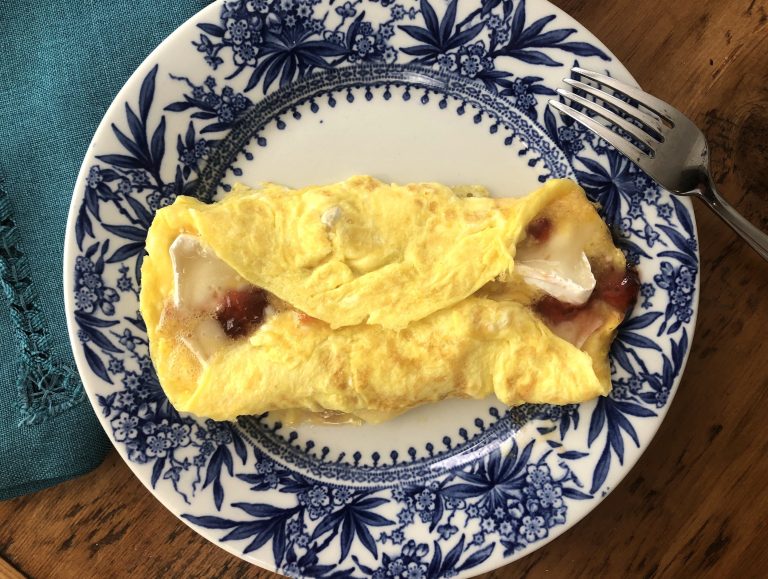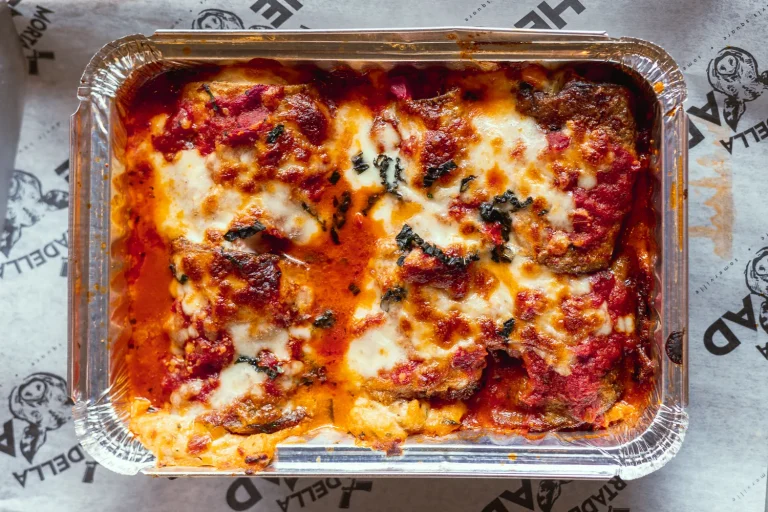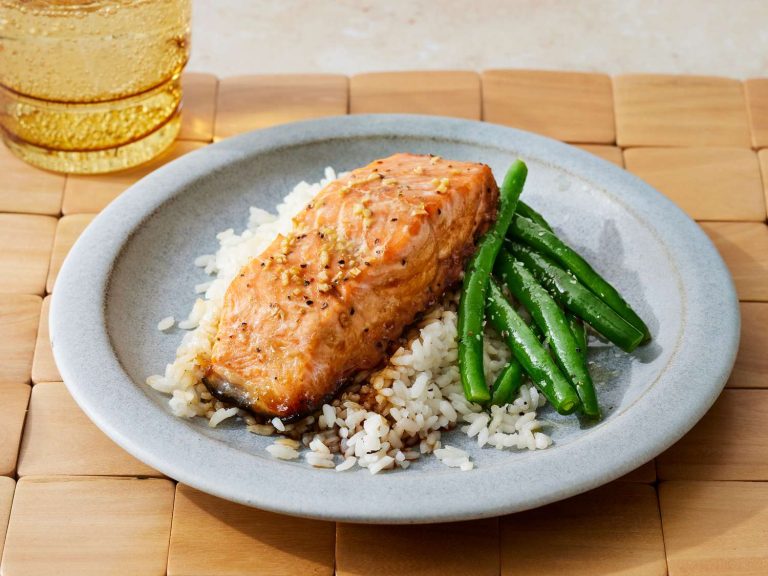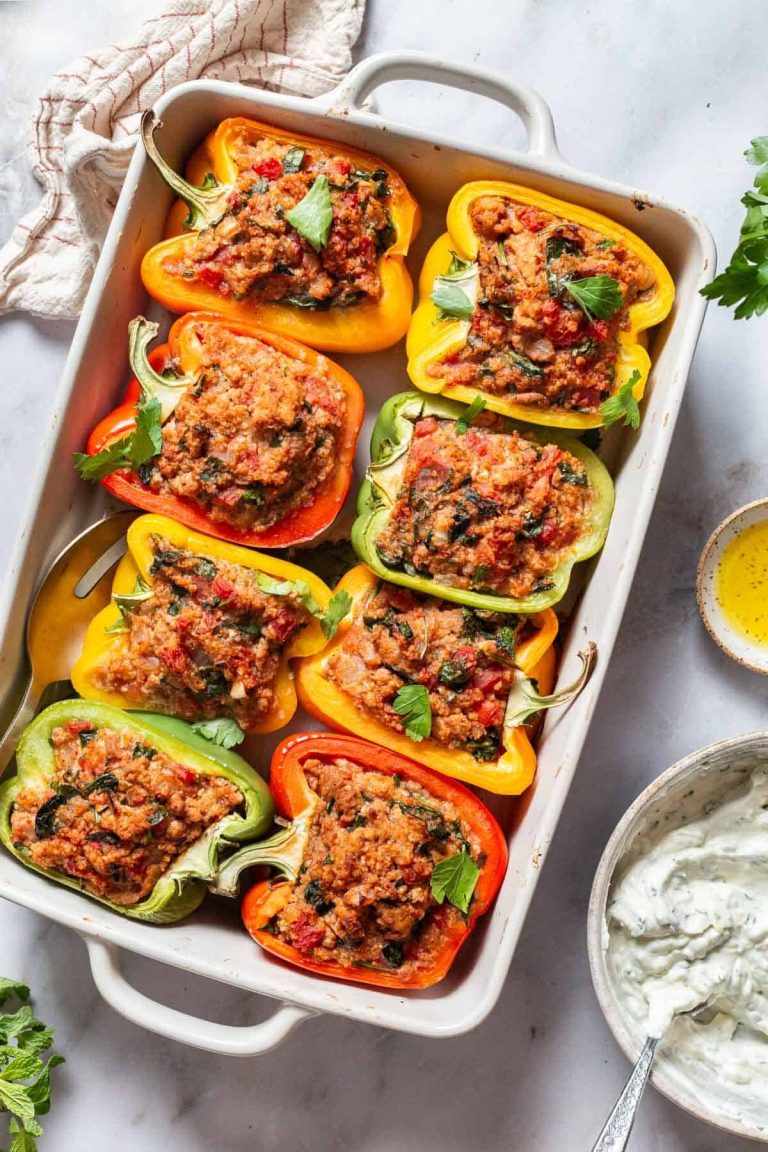Cajun Shrimp: Cooking Tips, Pairings, and Health Benefits
Cajun shrimp gains its rich flavor profile from the unique cultural influence of the Cajun people. Descendants of French-speaking Acadians, the Cajuns settled in Louisiana in the 18th century after being exiled from Canada. They brought with them a diverse culinary tradition that blended French cuisine with local ingredients and cooking methods.
Cajun cuisine’s hallmark is its bold seasoning, often featuring a mix of paprika, garlic powder, onion powder, cayenne pepper, thyme, and oregano. This diverse spice blend ensures that dishes like Cajun shrimp deliver robust and vibrant flavors. You can trace these culinary influences back to a necessity for simple yet flavorful meals that could be prepared with limited resources.
Evolution of Cajun Cuisine
Cajun cuisine has evolved significantly since its inception, influenced by the availability of diverse ingredients and cultural exchanges. Initially, Cajun dishes relied heavily on game meats and seafood available in the bayou and wetlands of Louisiana. Shrimp, abundant in the Gulf of Mexico, became a staple ingredient.
As the cuisine developed, new ingredients like bell peppers, celery, and tomatoes were incorporated, enriching the flavor profile of dishes. Traditional recipes have been passed down through generations, ensuring that the essence of Cajun cooking remains intact. Modern adaptations of Cajun shrimp continue to honor these roots while incorporating contemporary cooking techniques and ingredients. This evolution has enabled the dish to maintain its popularity and stay relevant in today’s culinary landscape.
Key Ingredients in Cajun Shrimp Recipes
Essential Spices for Authentic Flavor
Cajun shrimp relies on a blend of spices to achieve its distinctive taste. Common spices include garlic powder, paprika, and cayenne pepper. Garlic powder adds depth, enhancing the shrimp’s natural flavor. Paprika, often smoked, imparts a rich, savory note. Cayenne pepper gives the dish its characteristic heat. Black pepper and white pepper complement these spices, adding complexity. Onion powder and dried thyme further enrich the flavor profile.
Preferred Types of Shrimp
The type of shrimp used significantly impacts the dish’s quality. Fresh shrimp from the Gulf of Mexico is ideal, but frozen varieties can work if fresh isn’t available. Key characteristics to look for include size and shell-on preference. Large shrimp (16/20 count per pound) hold up well in robust Cajun recipes. Shell-on shrimp often provide a deeper flavor and can help protect the meat during cooking. Ensure shrimp are deveined and cleaned properly before use.
Cooking Techniques for Perfect Cajun Shrimp
Tips on Marinating Shrimp
Marinate shrimp to enhance flavor before cooking. Combine olive oil, lemon juice, Worcestershire sauce, garlic, paprika, cayenne pepper, thyme, and black pepper to make a marinade. Use this blend to soak shrimp for at least 30 minutes but no longer than two hours. This time frame allows the shrimp to absorb the flavors without becoming mushy. Use fresh herbs when possible to elevate the taste.
Best Methods for Cooking Shrimp
Prepare shrimp using methods like grilling, pan-frying, or broiling. Each technique offers unique textures and flavors:
- Grilling: Preheat the grill to medium-high. Skewer marinated shrimp to prevent them from falling through the grates, then cook for 2-3 minutes per side until pink and opaque.
- Pan-Frying: Heat a large skillet over medium-high heat. Add a tablespoon of olive oil, then cook shrimp for 2-3 minutes per side. Ensure even cooking by spreading shrimp in a single layer.
- Broiling: Preheat broiler to high. Arrange shrimp on a baking sheet lined with aluminum foil. Broil for 2-3 minutes per side, monitoring closely to avoid overcooking.
Avoid overcooking by watching the shrimp closely. Cook only until shrimp turn opaque and slightly pink. Achieving perfect Cajun shrimp involves balancing marination and cooking techniques.
Traditional Cajun Side Dishes
Corn Maque Choux: This side dish combines fresh corn, bell peppers, and onions. You sauté these ingredients together, often with bacon or tasso, to complement the spicy flavors of Cajun shrimp.
Dirty Rice: Dirty rice uses white rice cooked with minced chicken livers or gizzards, bell peppers, celery, and onions. This flavorful side adds depth when eaten with Cajun shrimp.
Red Beans and Rice: This classic dish includes red beans slow-cooked with pork, bell peppers, onions, and spices, served over rice. The hearty texture pairs well with the spicy, savory profile of Cajun shrimp.
Modern Pairings and Innovations
Quinoa Salad: A refreshing quinoa salad with ingredients like cherry tomatoes, cucumbers, and fresh herbs can balance the rich, spicy flavor of Cajun shrimp. Drizzle with lemon vinaigrette for an added zest.
Cauliflower Rice: You can pair Cajun shrimp with low-carb cauliflower rice. It’s a modern interpretation that provides a similar texture to traditional rice without the extra carbs.
Sweet Potato Fries: Oven-baked sweet potato fries add a touch of sweetness that complements the spice of Cajun shrimp. Sprinkle with sea salt and paprika for an enhanced flavor.
By integrating both traditional and modern sides, you create a versatile dining experience that enhances the vibrant flavors of Cajun shrimp.
Nutritional Components of Cajun Shrimp
Cajun shrimp boasts a rich nutritional profile. Shrimp stands out as a high-protein, low-calorie food, offering around 20 grams of protein per 3-ounce serving. It’s also a valuable source of essential vitamins like B12 and D, and minerals such as zinc, iodine, and selenium. These nutrients support metabolism, immune function, and thyroid health. When combined with olive oil and lemon juice in the marinade, you get added benefits of healthy fats and vitamin C.
Adapting Cajun Shrimp for Various Diets
Cajun shrimp can fit into numerous dietary plans. For a low-carb or ketogenic diet, it pairs well with cauliflower rice or zucchini noodles. If following a gluten-free diet, ensure all spices and ingredients, like lemon juice and olive oil, are certified gluten-free. For a heart-healthy option, reduce salt and use extra virgin olive oil. Vegetarians can opt for Cajun-seasoned tofu or tempeh as a protein substitute while maintaining similar marination techniques for a flavorful experience.
Conclusion
Cajun shrimp offers a delightful blend of tradition and flavor that’s both versatile and nutritious. Its rich history and cultural roots make it a standout dish in Cajun cuisine. Whether you’re grilling, pan-frying, or broiling, the key to perfect Cajun shrimp lies in the balance of marination and cooking techniques.
Pairing it with both traditional and modern sides enhances its spicy, vibrant flavors, providing a well-rounded dining experience. Plus, with its high protein content and adaptability to various diets, Cajun shrimp is not only delicious but also a healthy choice.
Experiment with different pairings and cooking methods to find your favorite way to enjoy this classic dish. Dive into the world of Cajun shrimp and savor the unique flavors that have made it a beloved staple in Louisiana and beyond.





